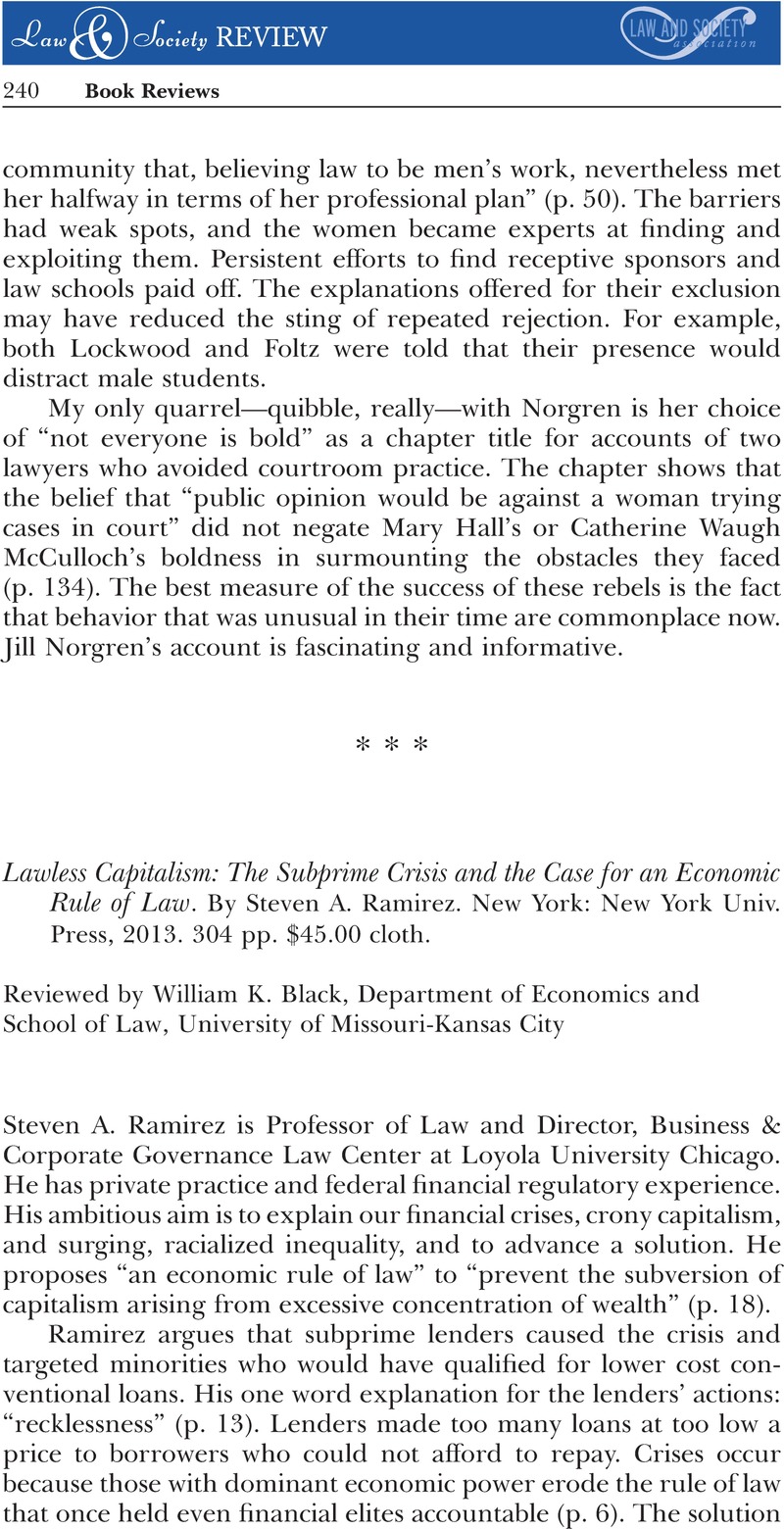Crossref Citations
This article has been cited by the following publications. This list is generated based on data provided by Crossref.
Zhan, Ruining
2018.
Design and Development of Intelligent Economic Law Case Retrieval System.
p.
468.



